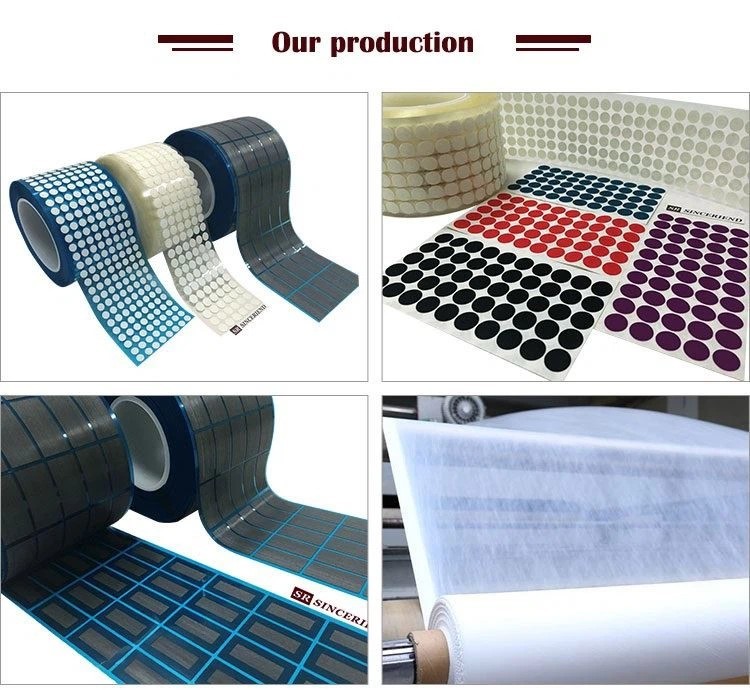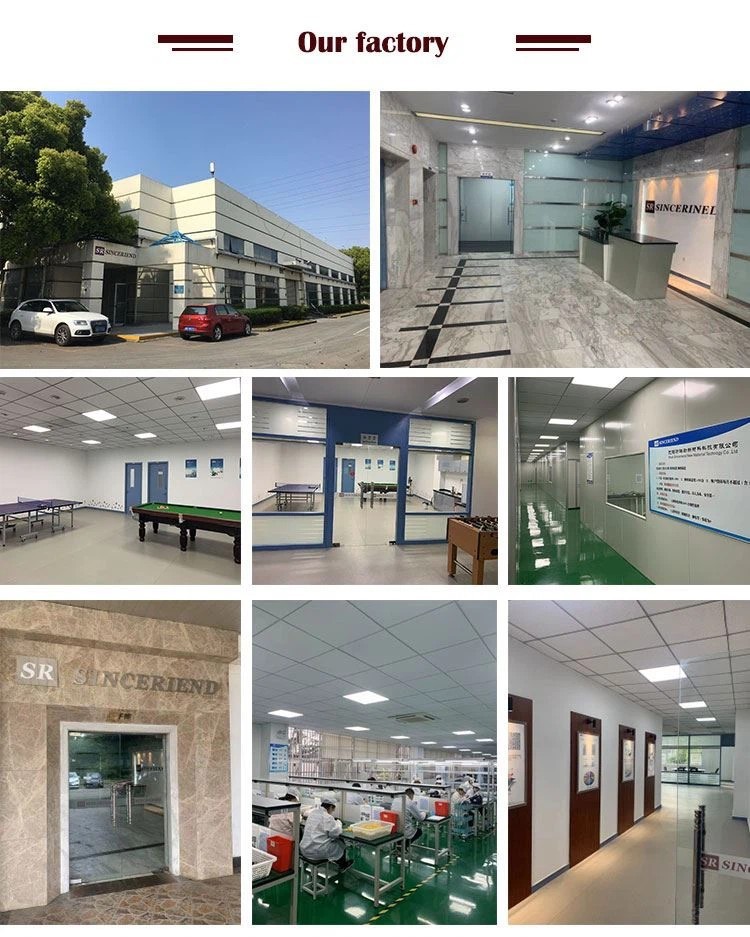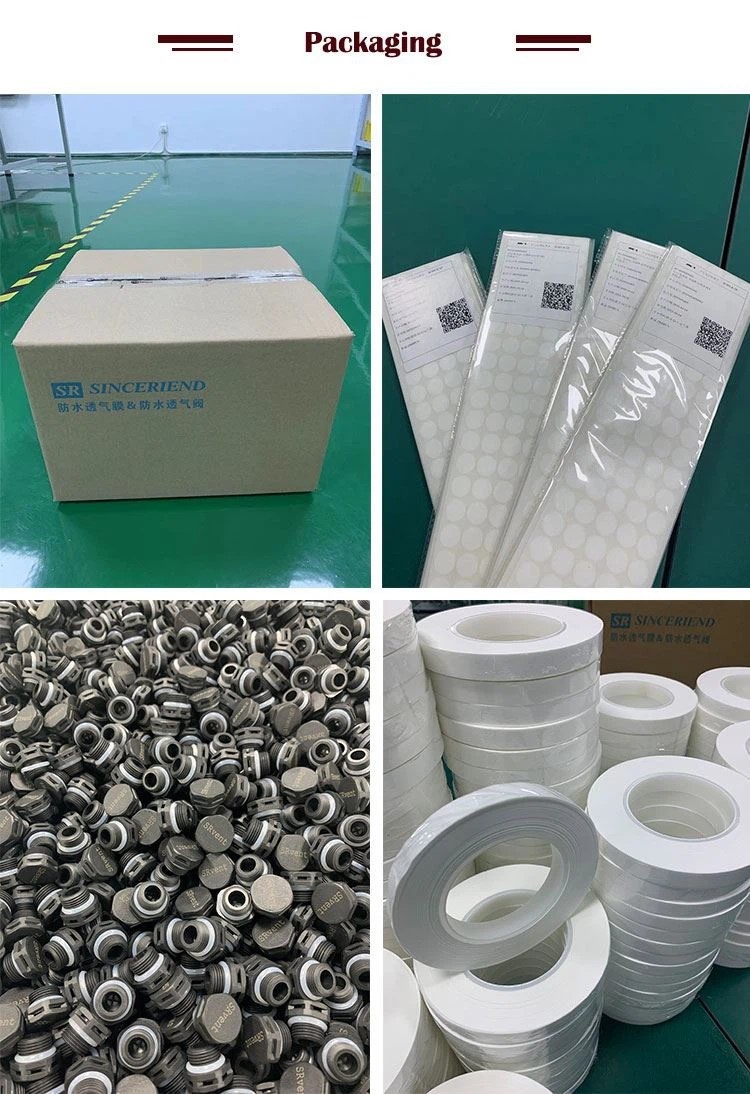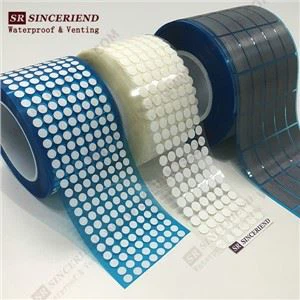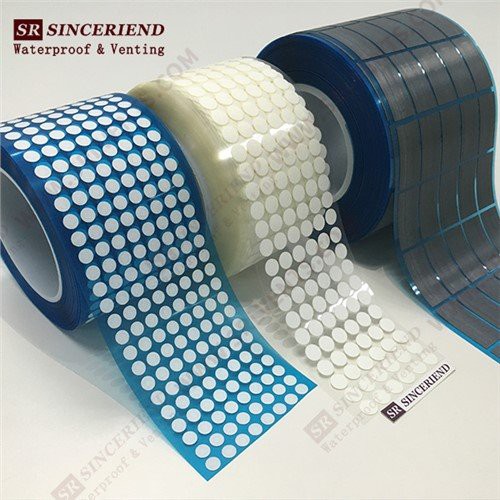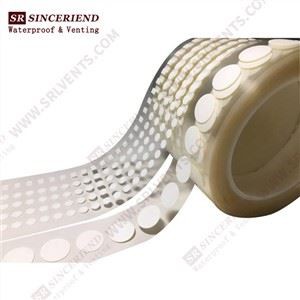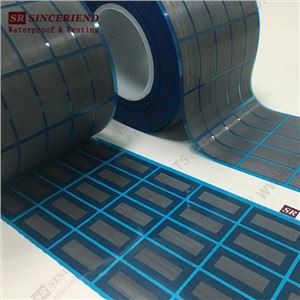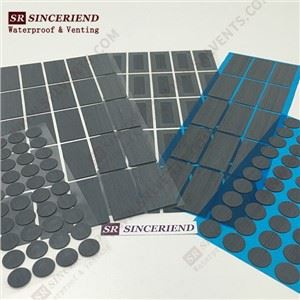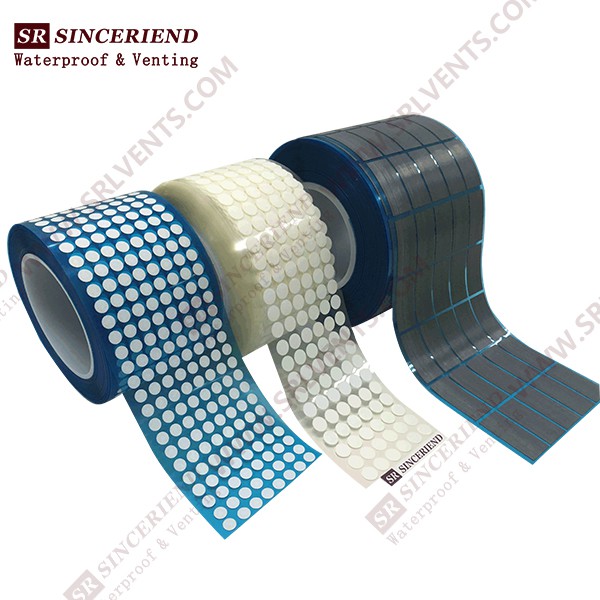Introduction
Products Description
Hydrophobic Expanded Polytetrafluoroethylene (EPTFE) Membrane is a material having distinct characteristics. This membrane material is typically comprised of polytetrafluoroethylene (PTFE) and has a microporous structure achieved through an expansion process. These micropores are typically nanometer-sized, making the membrane both gas permeable and waterproof.
Features
1. It can efficiently repel water and other substances. It is best suited for applications requiring fluid separation.
2. The hydrophobic EPTFE membrane has outstanding high temperature resistance, making it a dependable option in difficult conditions.
3. The membrane is lightweight and has a high strength-to-weight ratio, making it an excellent choice for products and structures that need to be strong and long lasting.
4. It has excellent barrier capabilities and can withstand environmental conditions such as sunshine, wind, and water.
Advantages
1. Chemical resistance
ePTFE has strong chemical resistance. The hydrophobic ePTFE membrane can withstand erosion by a variety of chemicals, including acids, bases, and solvents.
2. High temperature resistance
It has excellent high temperature resistance and is able to operate over a wide temperature range. It can withstand high and low temperature conditions without significantly reducing its performance.
3. Low friction surface
The surface of the hydrophobic ePTFE membrane has low friction properties. It helps prevent clogging by reducing the adhesion of particles.
Precautions for use
1. Cleaning and maintenance
When cleaning the hydrophobic ePTFE membrane, gentle methods should be used. Corrosive chemicals or abrasive materials will damage the membrane.
2. Installation and compatibility
During installation, care should be taken to ensure that the membrane is properly aligned and sealed. It should be compatible with the surrounding materials in terms of chemical and physical properties.
3. Pressure and flow rate considerations
The hydrophobic ePTFE membrane has limitations in terms of the maximum pressure it can withstand and the gas flow rate through it. These factors need to be considered when designing a system using the membrane to ensure that it operates within its operating limits.
